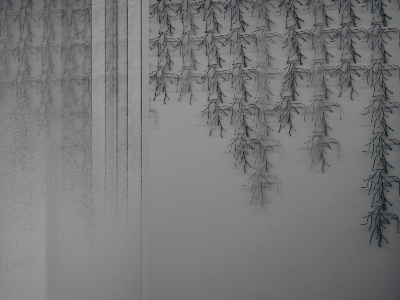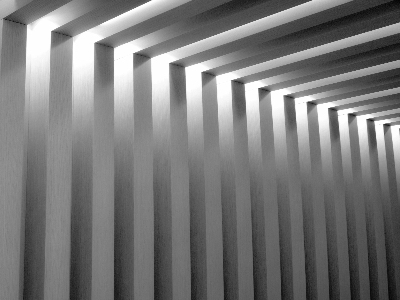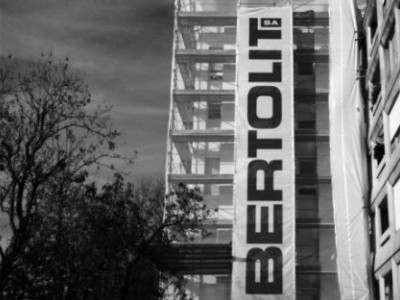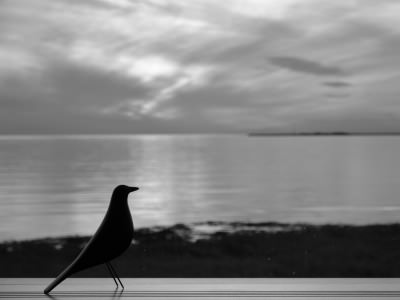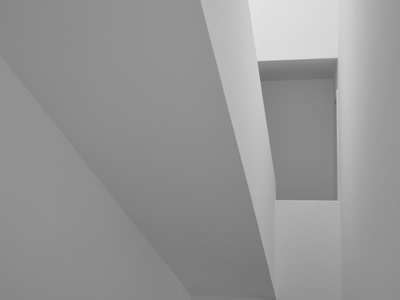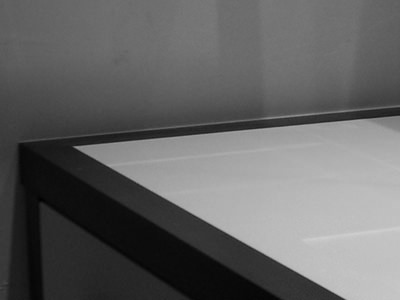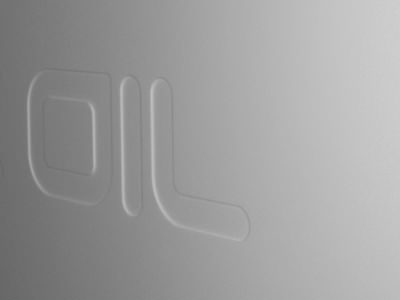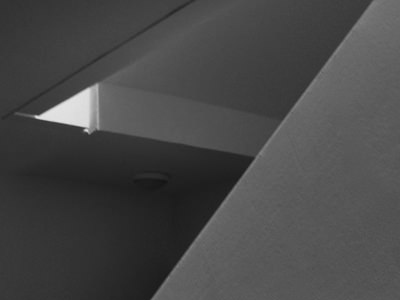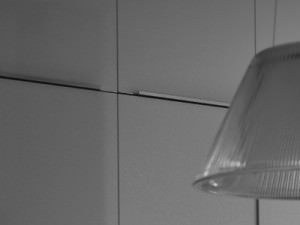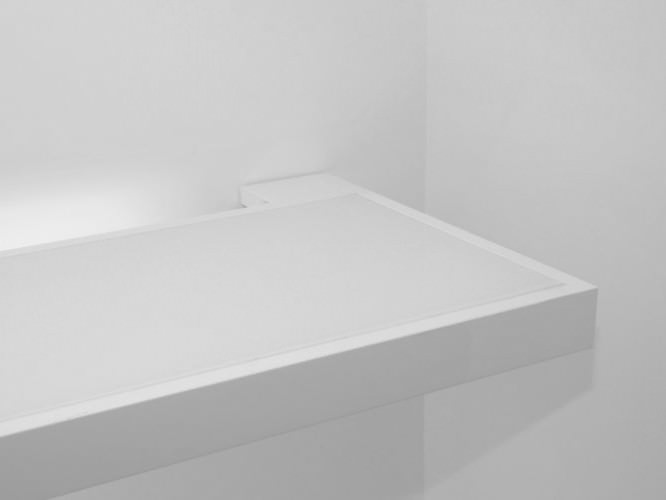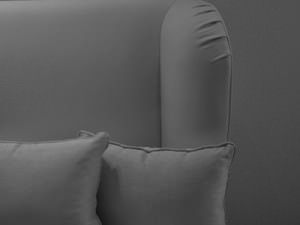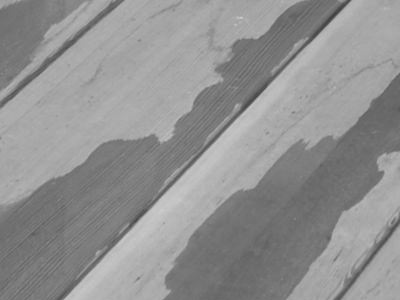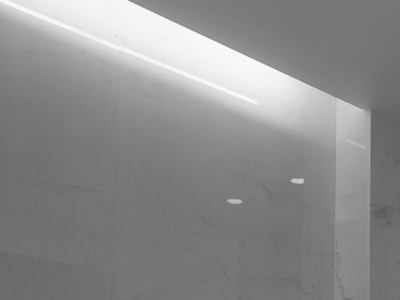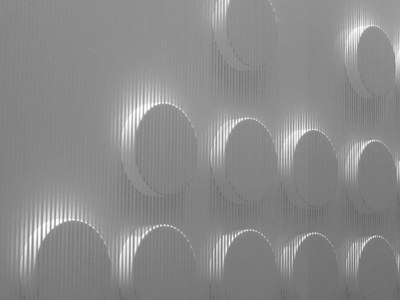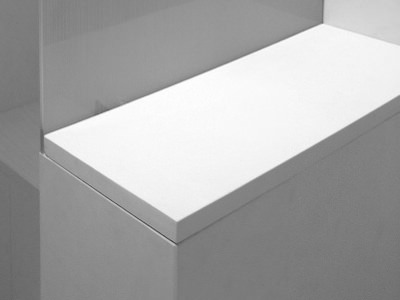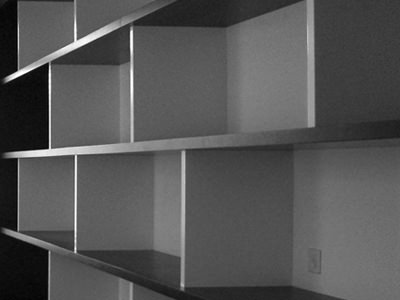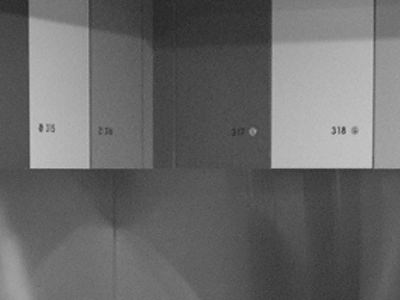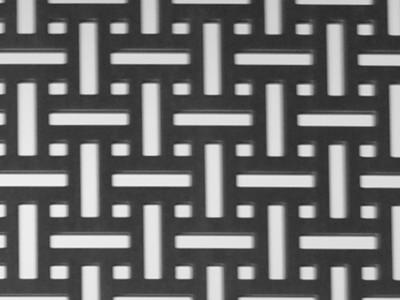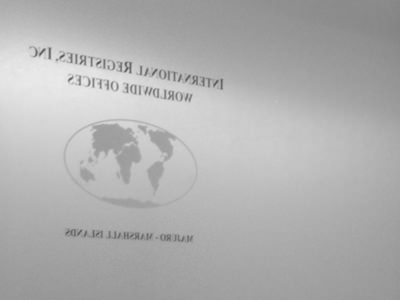ONE DEDICATED VISION
sonderegger + associé does not limit itself to a specific style or look but rather creates custom projects for each client.The priority is to focus on the creation of the essence in each project.
We support our clients and partners from initial strategy through implementation and management.
PHILOSOPHY
Our architectural approach is more an open working process rather than a strict theoretical or stylistic framework we would conform to. Architecture is more ‘why and how’ than ‘what’. Our ability is to address projects at different scales: we design buildings, interiors or furniture. These simple facts have made us develop a method based on understanding the context, analysing the existing conditions, defining a strategy and inventing a project. The idea becomes central to our work process; it is nurtured and developed into the design at every stage and scale. This allows us to both give a strong direction – or meaning – to our designs and develop a unique formal language to each project.
Initiating a project is about questioning. It is about defining what are the conditions that surround the project and about setting, with our client, the ambitions of the project. We challenge both conditions and ambitions at the early stages of our work in order to avoid preconceptions and give us a deeper understanding of what we are trying to achieve. Challenging the conditions will give us context. Challenging the ambitions will give us user experience.

